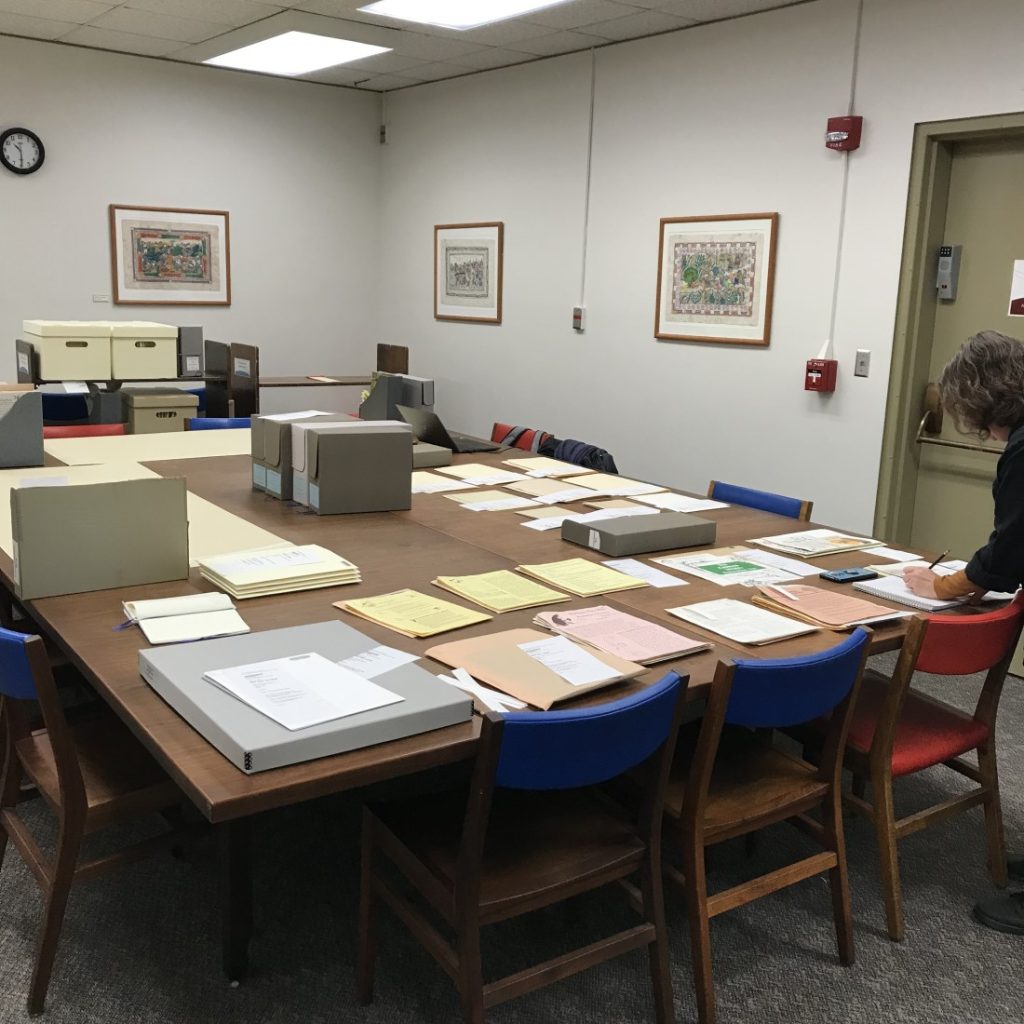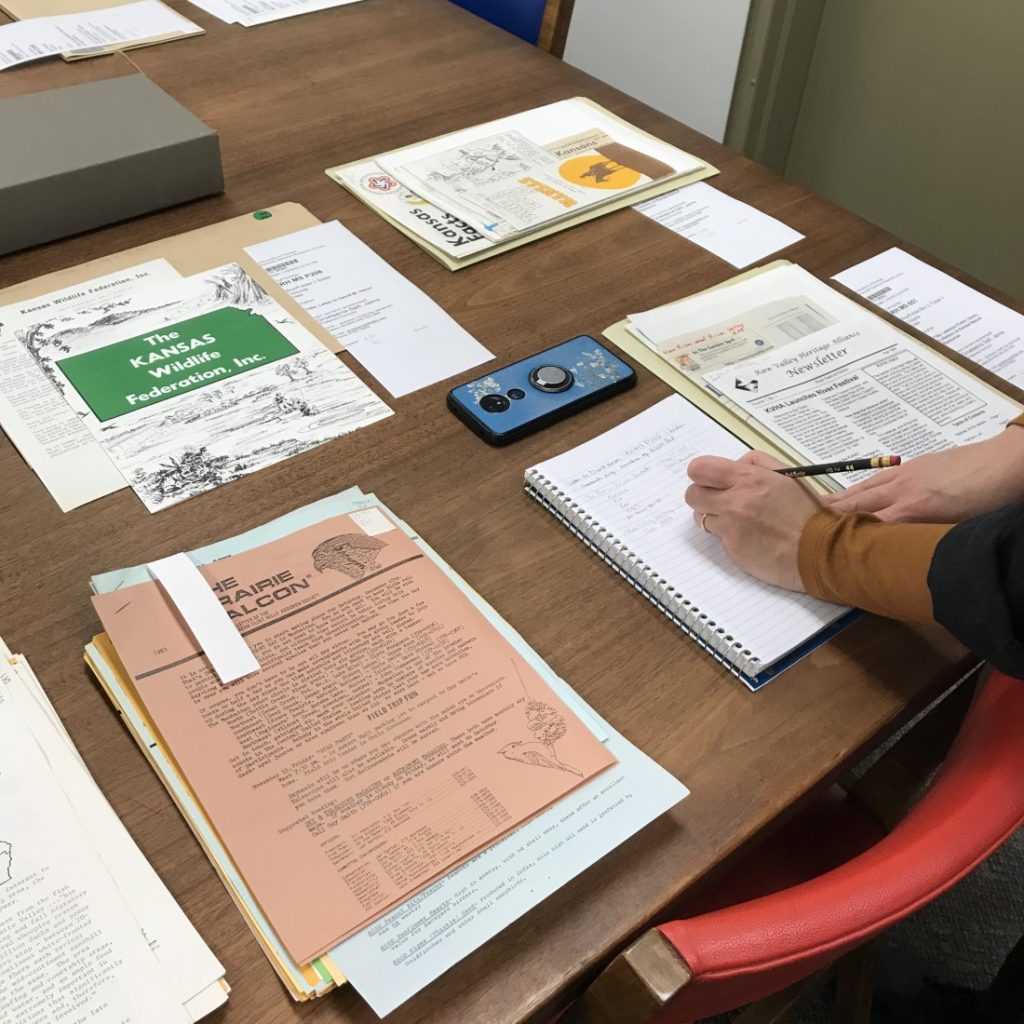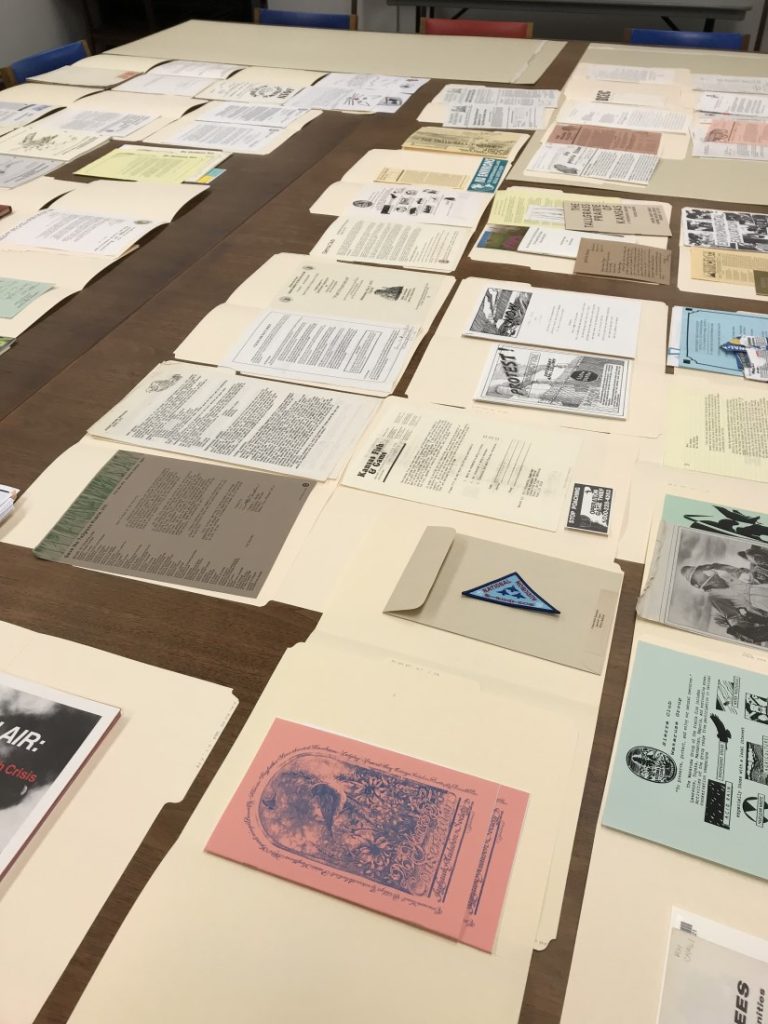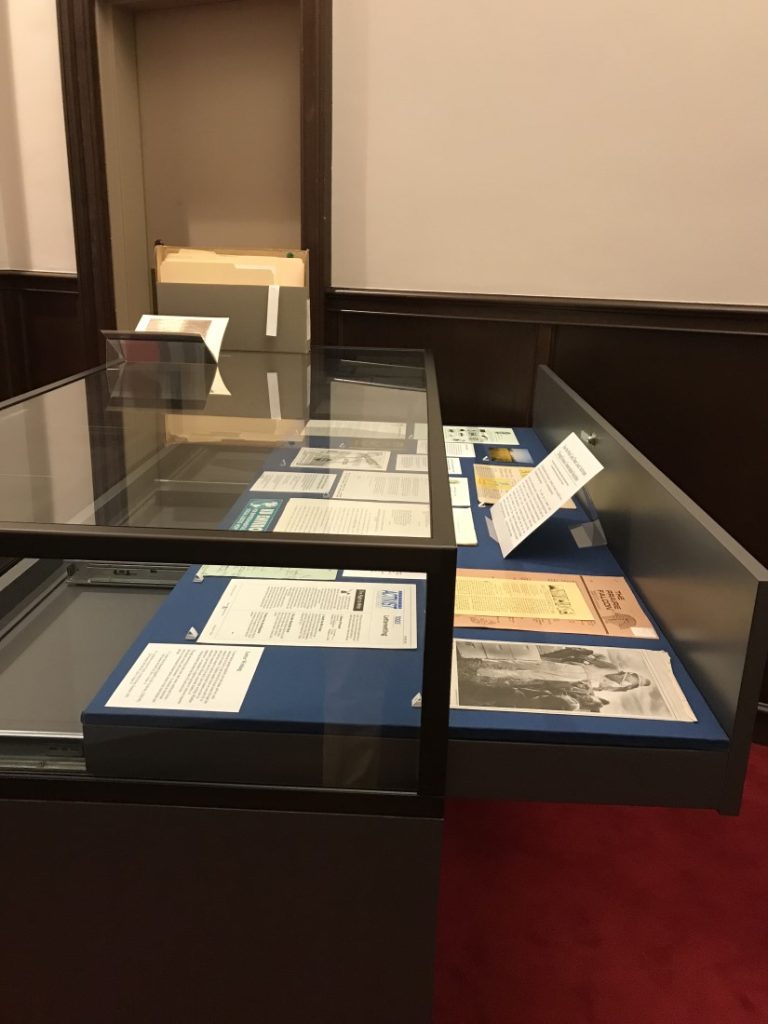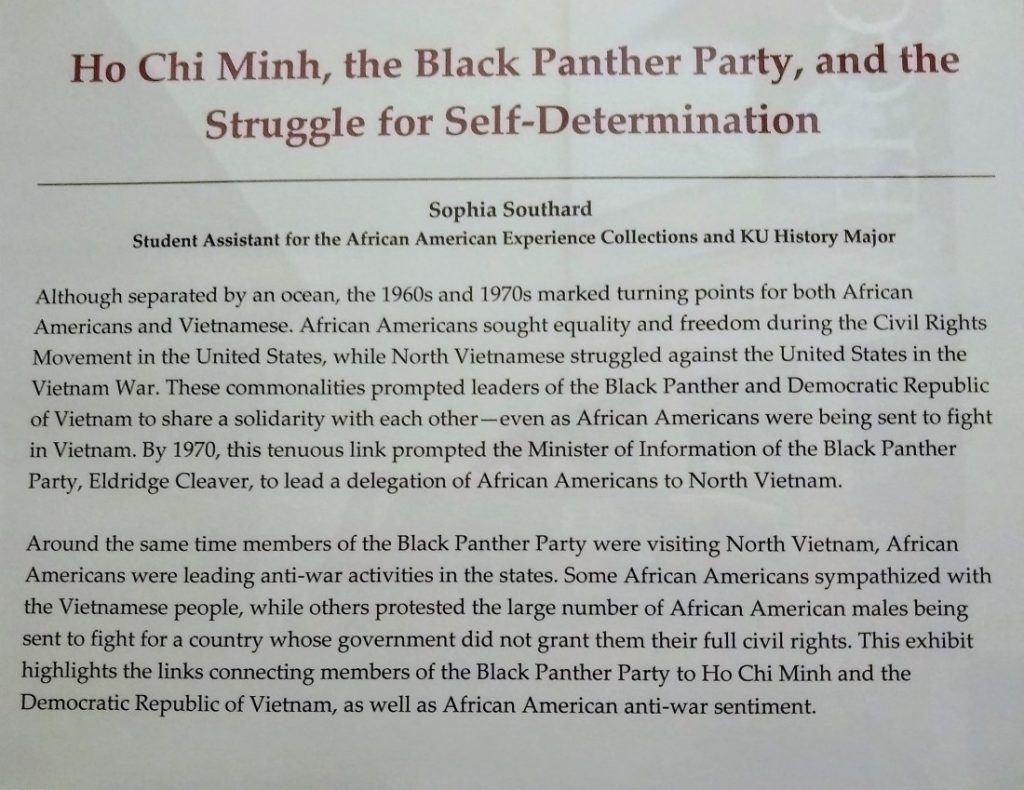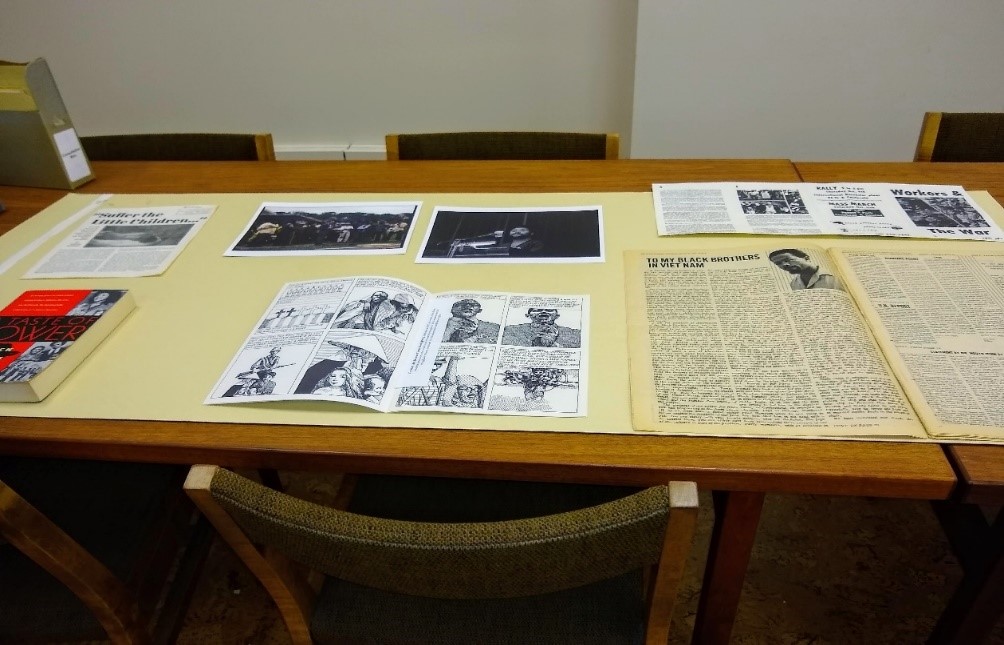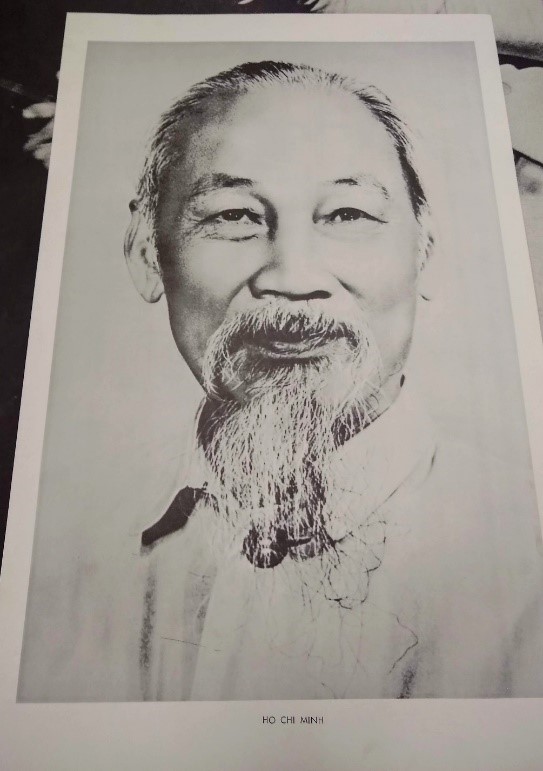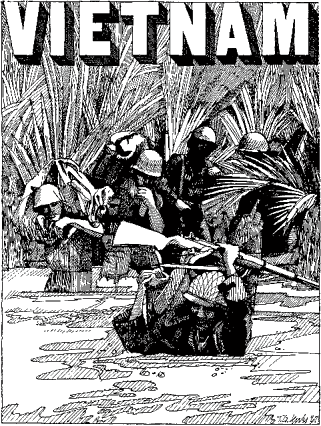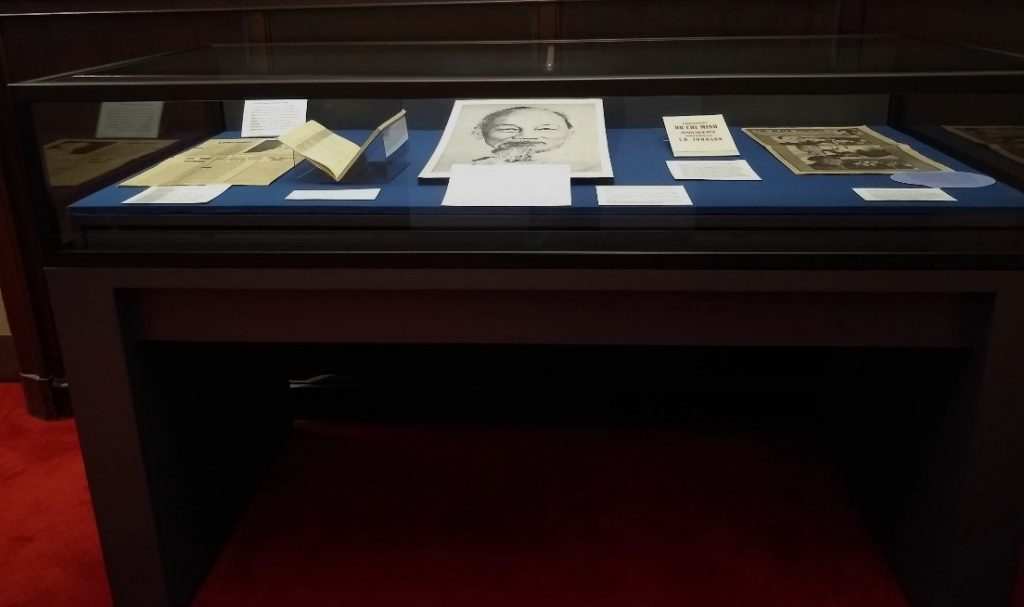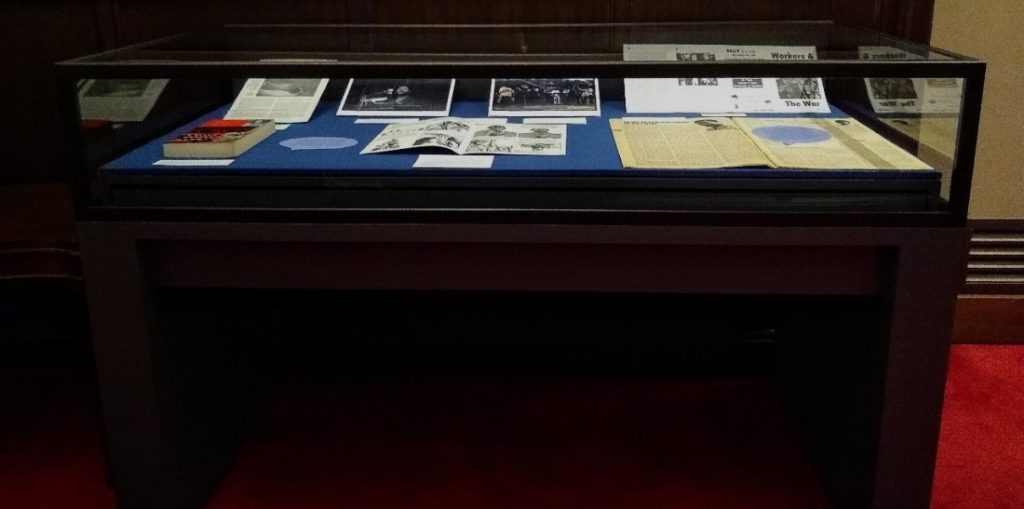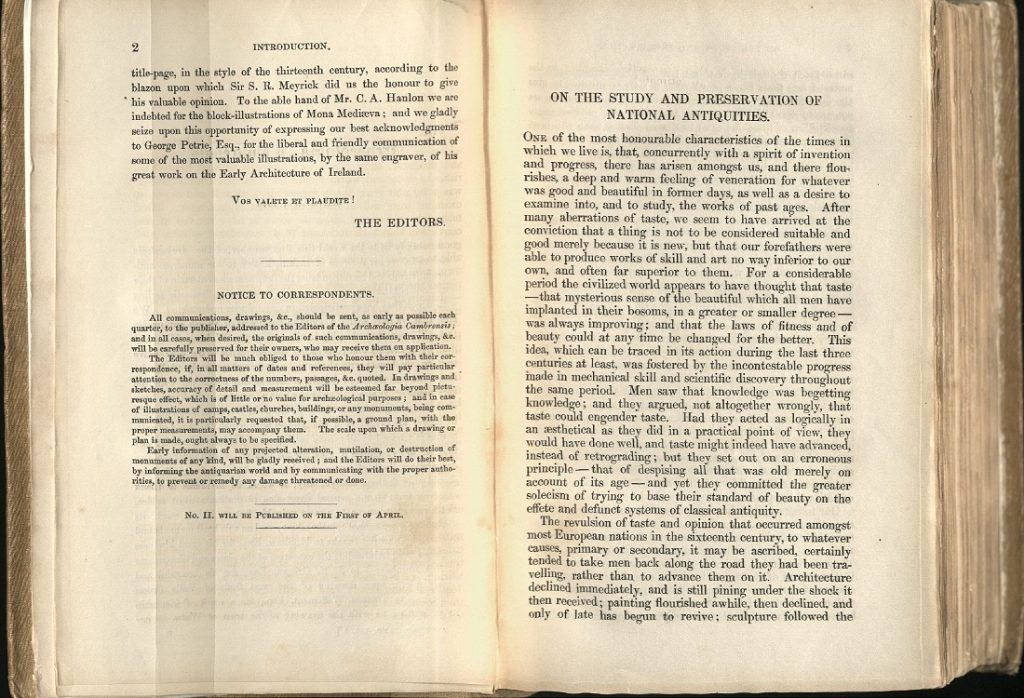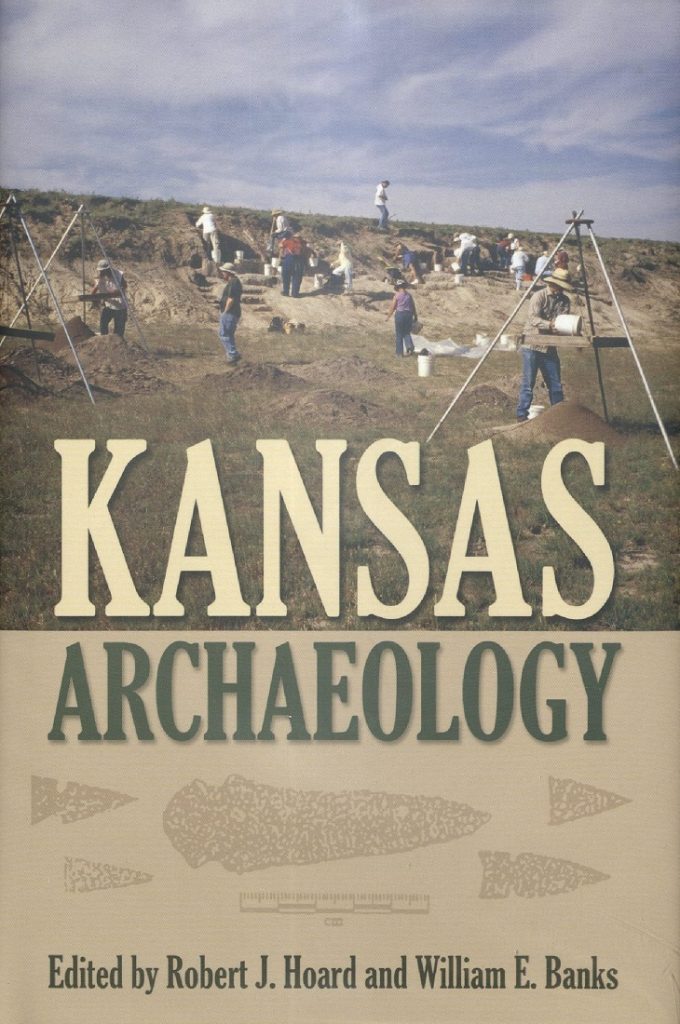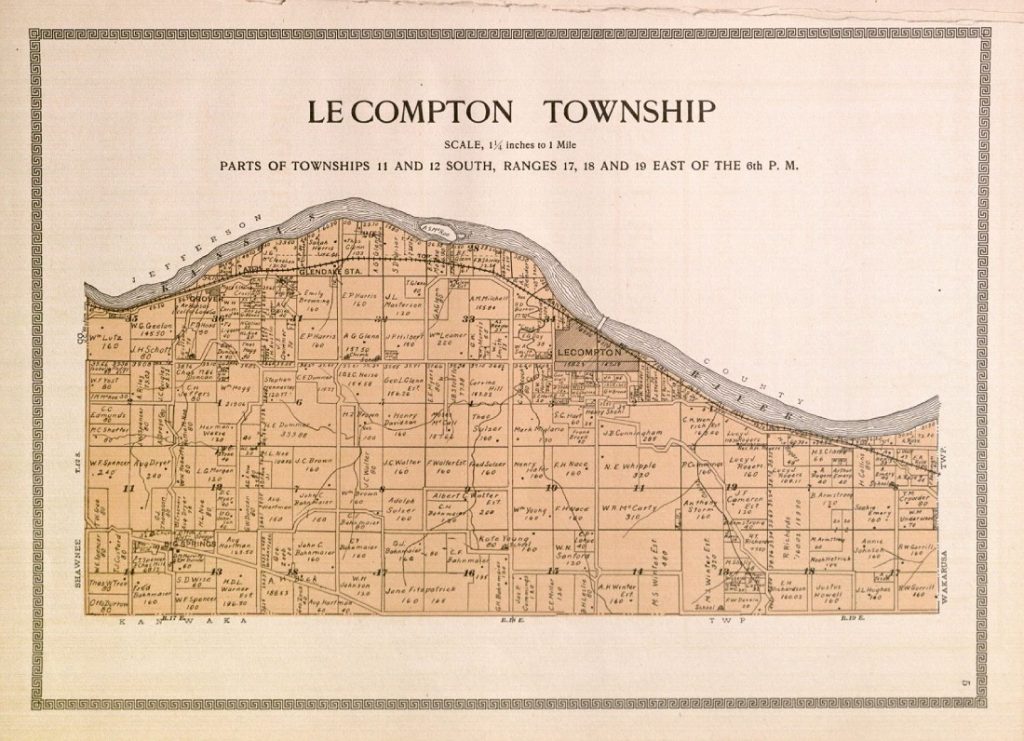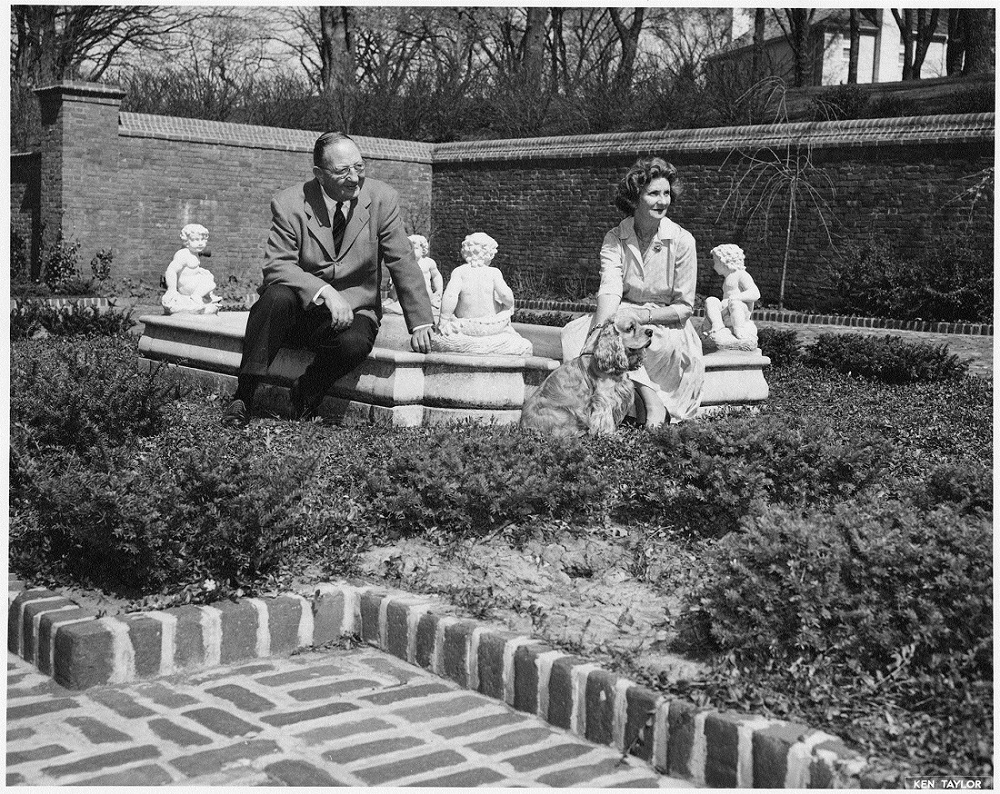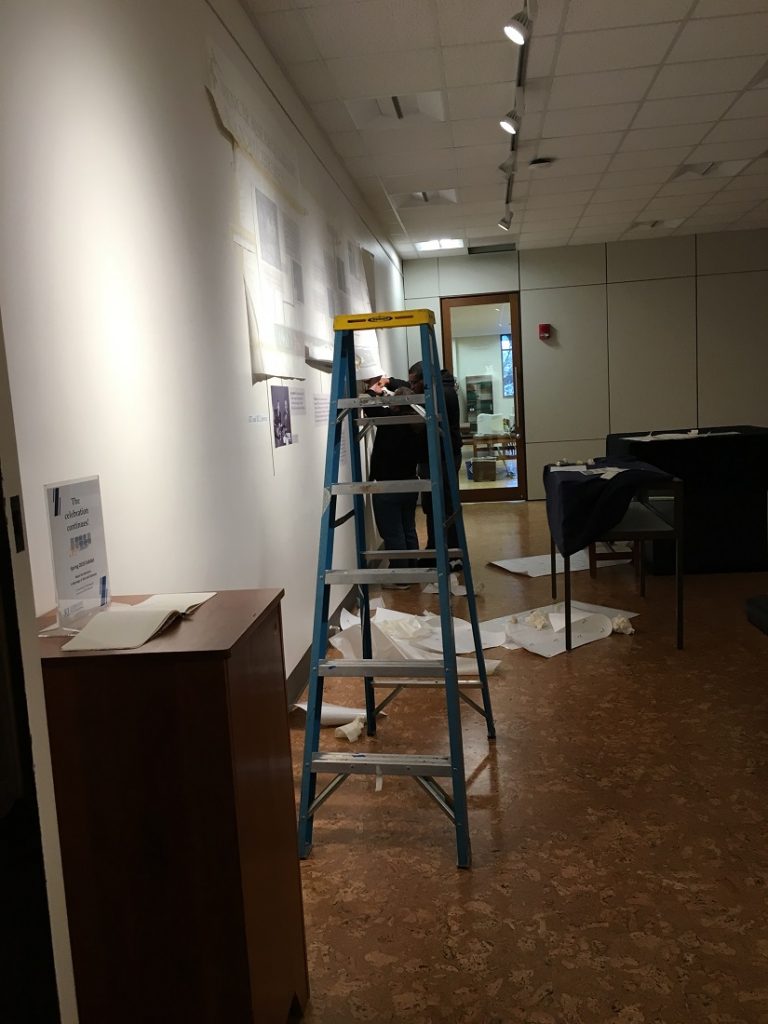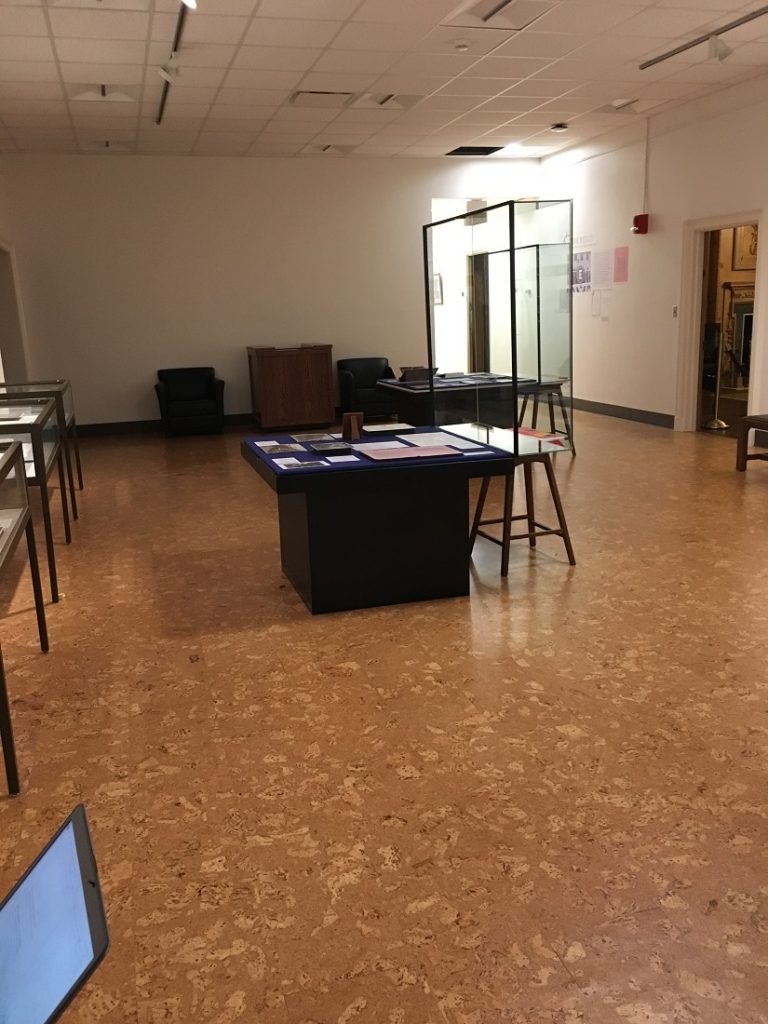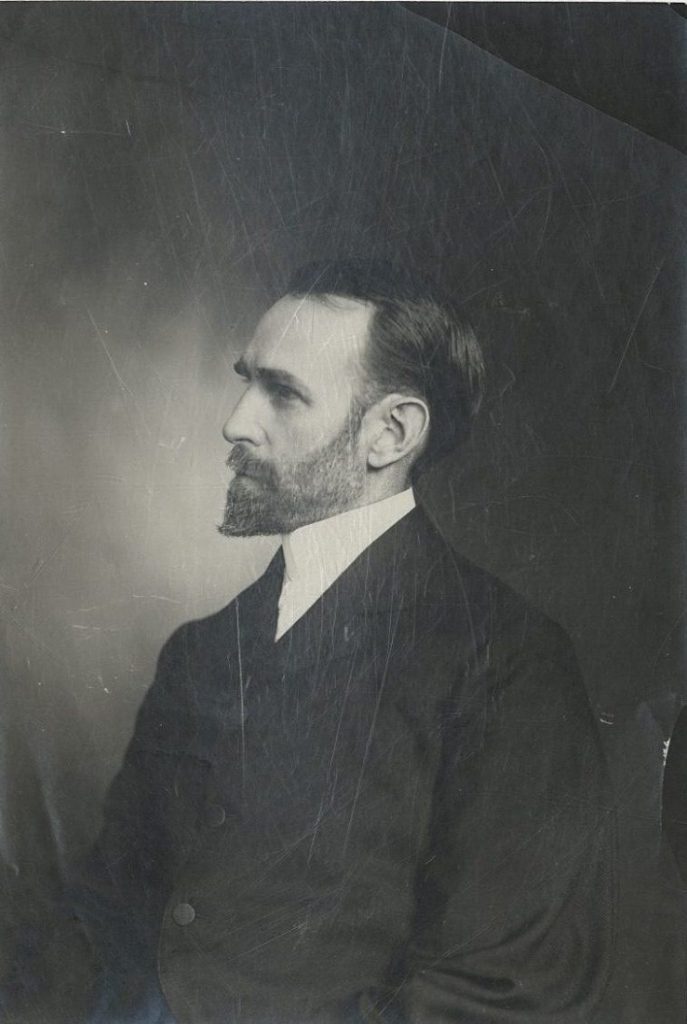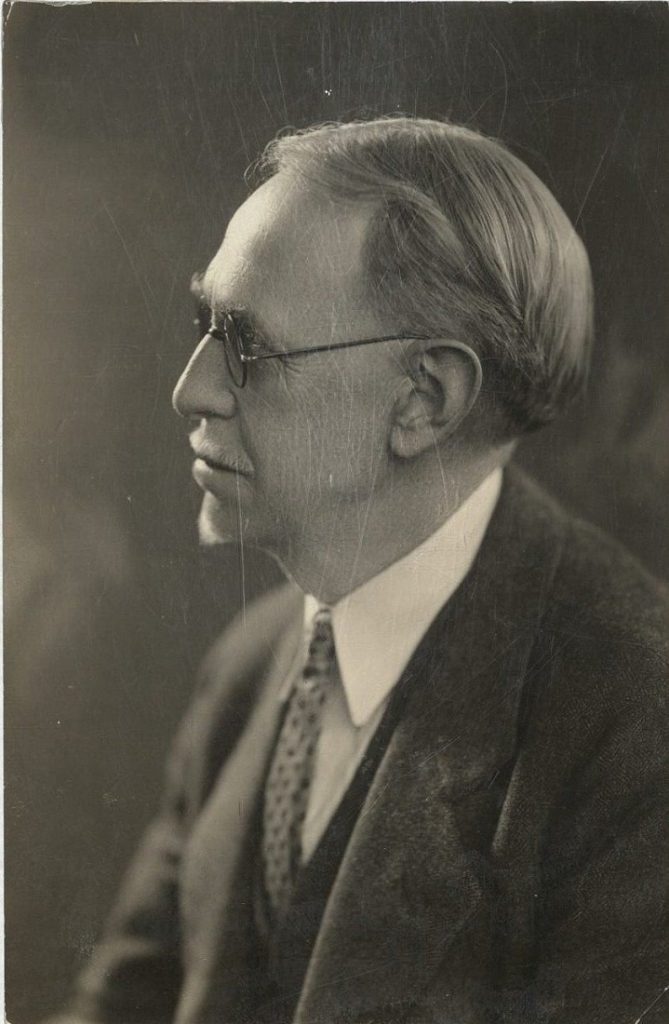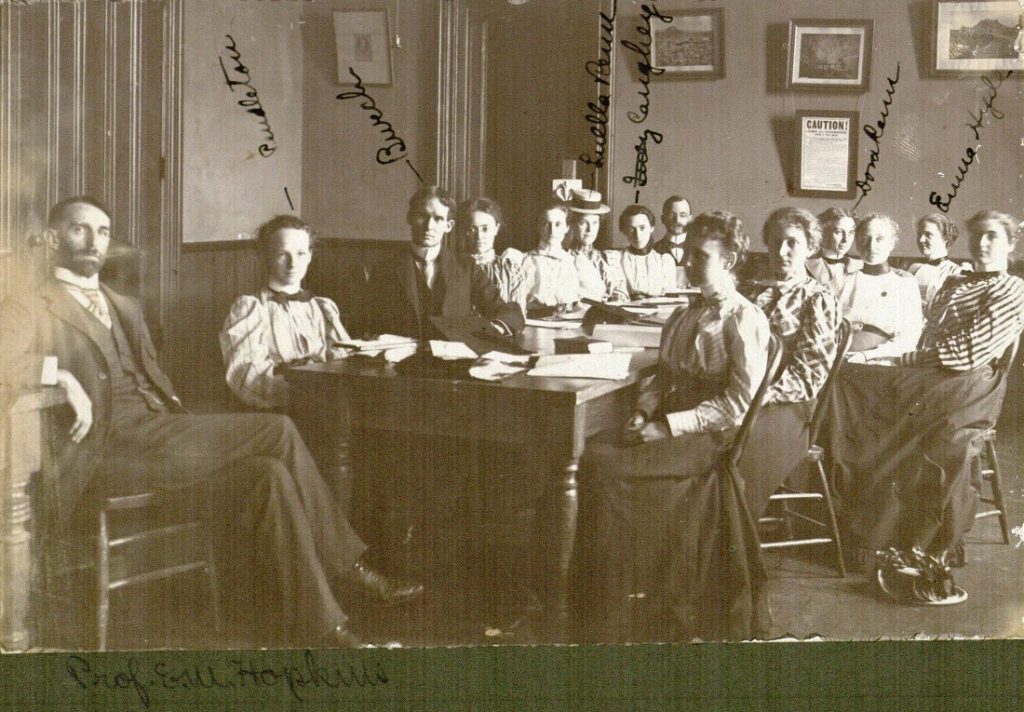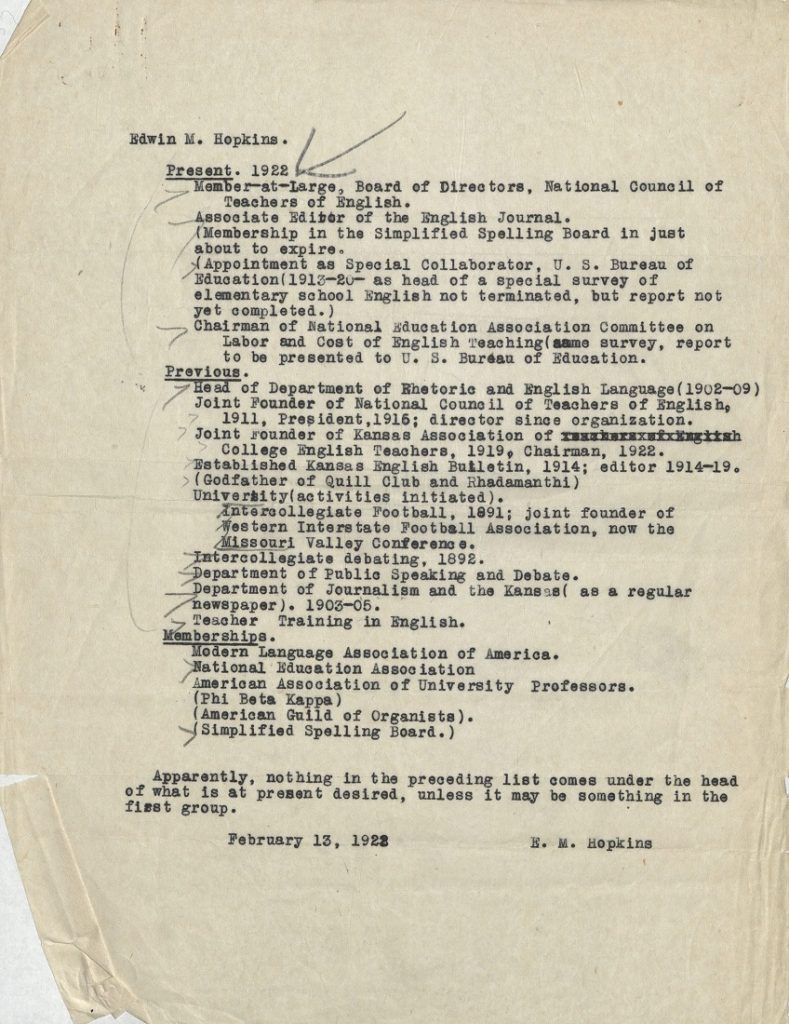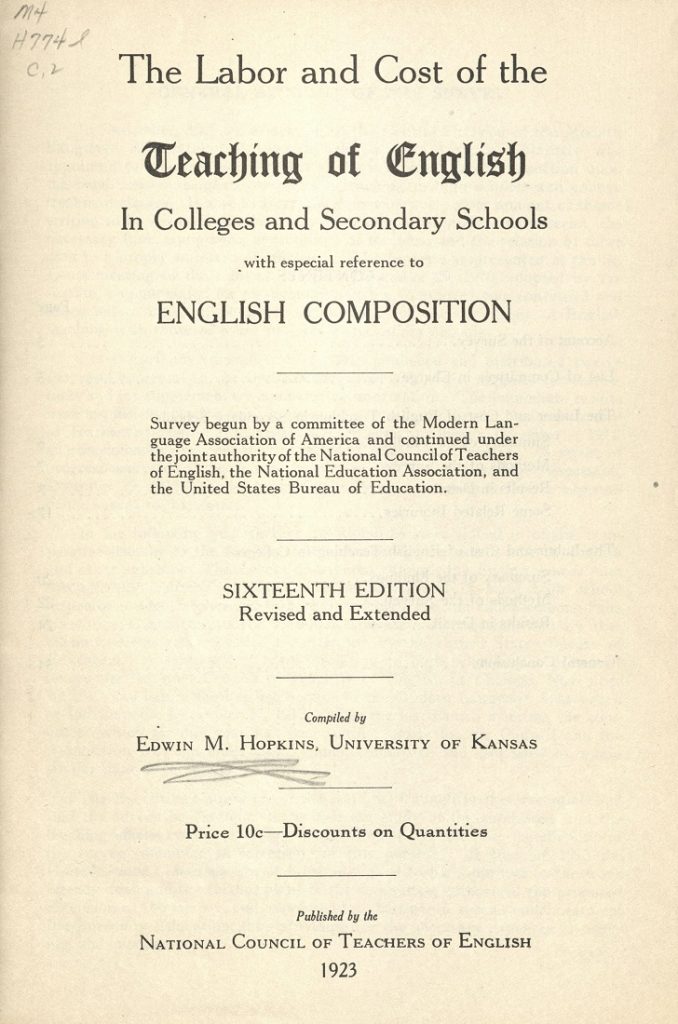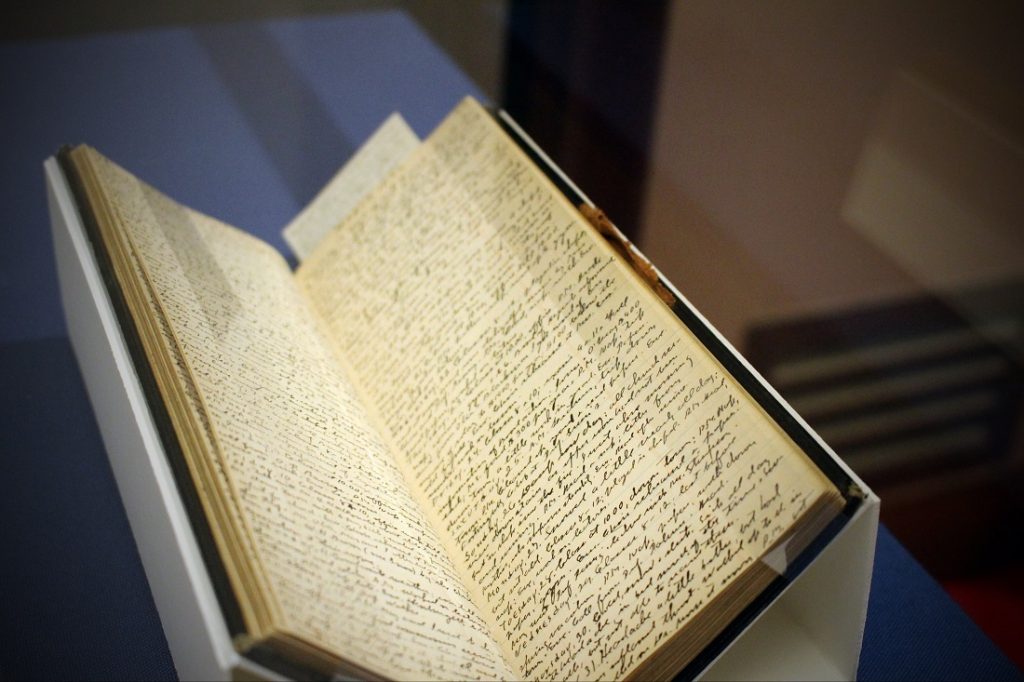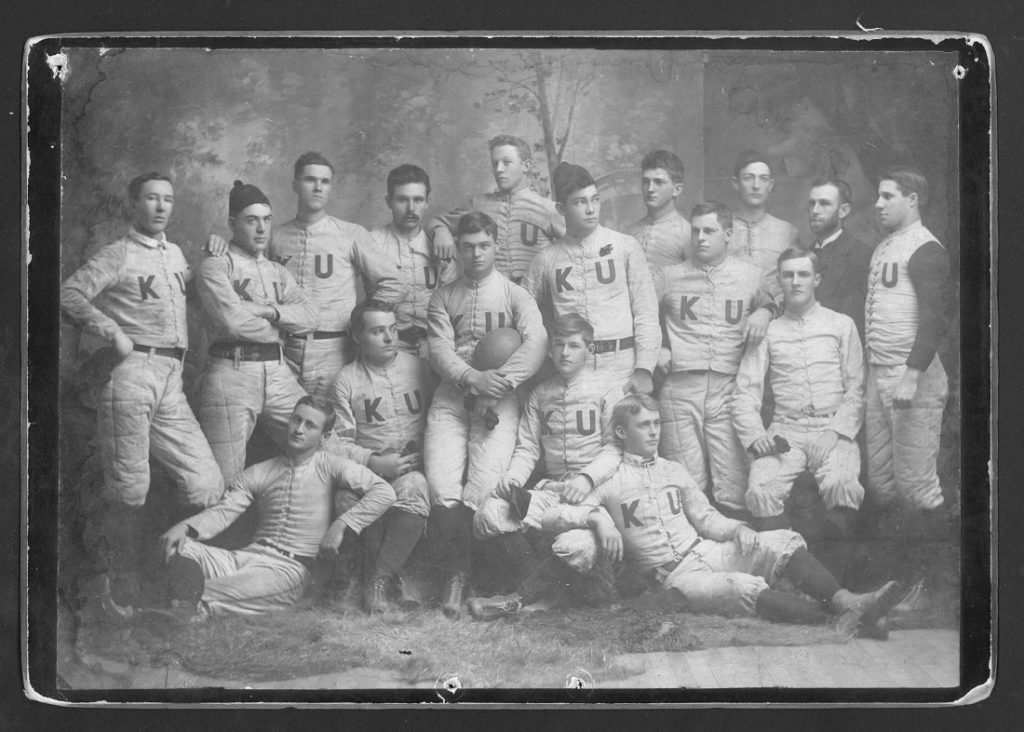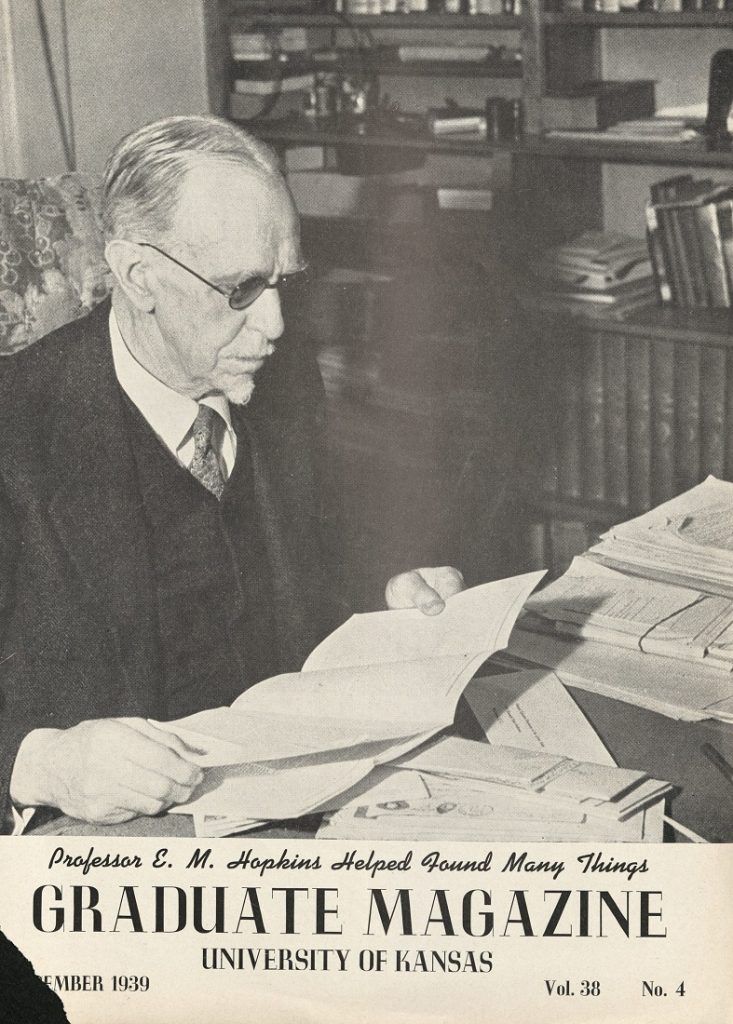“How the Work Gets Done: Local Activism Through Kansas Conservation Societies” – An Archives and Special Collections Exhibit at the University of Kansas
June 20th, 2023Inspired by the American Library Association’s “Libraries and Sustainability Virtual Book Club,” hosted during the Fall of 2022, the idea for an exhibit focused on environmental activism was born. We wanted to investigate which local conservation organizations’ materials are held at Spencer Research Library. We combed through boxes of materials from national conservation groups, Kansas chapters, and KU student chapters. Documents from organizations including the Jayhawk and Burroughs Audubon Societies, the Sierra Club of Kansas, and the Kansas Wildlife Federation showcase long-standing conservation efforts in the Lawrence, Kansas, area through task forces related to riparian conservation, water reclamation, the Clean Air Act, bird and buttery fly counts, and more. We also discovered that, within the central theme of local activism, calling community members to action on behalf of local and regional environmental concerns is woven throughout every aspect of the work that these organizations do. From bumper stickers to congressional papers, newsletters to posted fliers, the urgency of action is evident through the various channels of communication these organizations utilize. Not only do these materials document a network of local community efforts, but they also make for a visually appealing display of these important efforts.
Challenges faced during the development of the exhibit were numerous and varied. For example, KU collections reflect that conservation engagement was heightened during the 1970s to the 1990s. This might be an accurate depiction of the context of the environmental movement, or it might reflect the need for further collection development in this area. Other examples were more logistic in nature and required flexibility to pivot around timelines, research processes, and themes of inquiry. The original theme focused specifically on Kansas Audubon Societies, of which there are several, but concerns regarding Audubon himself encouraged us to shift to the broader context of conservation, with the desire to highlight the important work accomplished through environmentally focused organizations and their members. Taken together, the resulting outcomes of facing these challenges have extended the timeline of the exhibition and motivated our desire to showcase the vital work of local environmentalists in Kansas.
The exhibition opened in June and will be on display in Spencer’s North Gallery through July 2023. The selected materials are meant to inspire action and visitors can leave with a postcard they can send to friends and family to urge their participation in local environmental activism by joining a conservation group. Kansas-based organizations featured in the exhibit are invited to attend and share this experience with their members.
We would like to especially thank Pam Chaffee for allowing us to reproduce her photograph “Monarch Tagging with the Jayhawk Audubon Society” (Call Number: RH MS 691, Box 2, Folder 28), which adorns the postcard take-away for the exhibit. We also extend our thanks to Spencer and KU Libraries colleagues who were instrumental in supporting this exhibition: Angela Andres, Phil Cunningham, Molly Herring, Caitlin Klepper, Melissa Mayhew, Meredith Phares, and Nikki Pirch.
Jaime Groetsema Saifi
Special Collections Cataloging Coordinator, Spencer Research Library
Gwen Geiger Wolfe
Science and Engineering Librarian, KU Libraries

